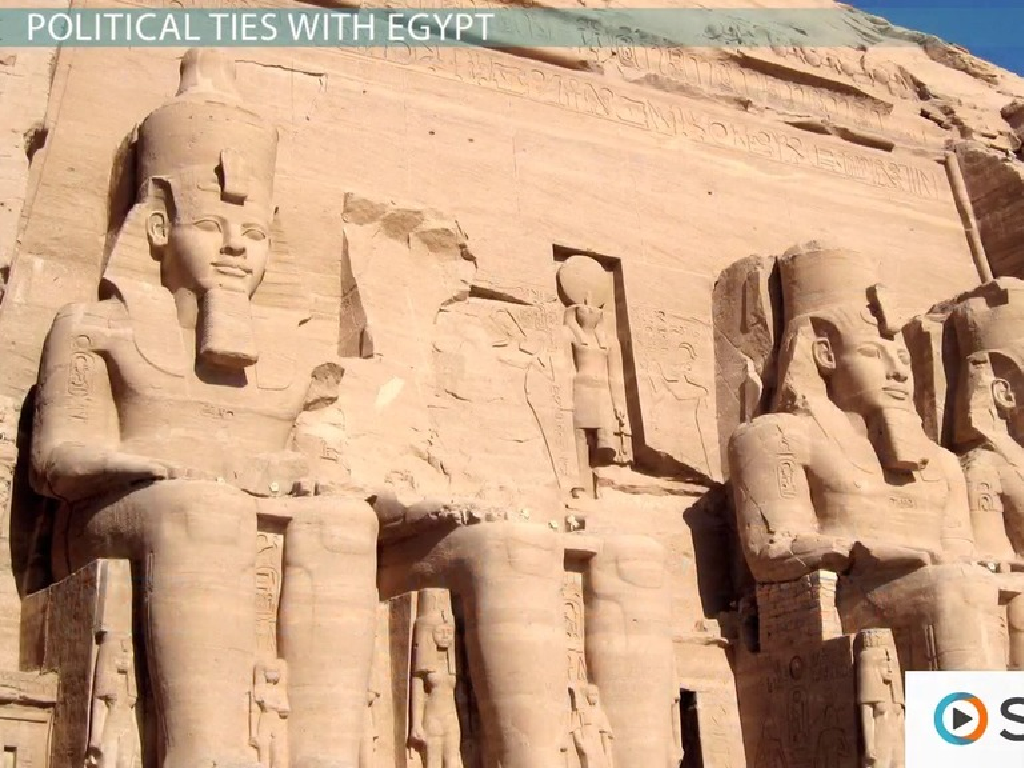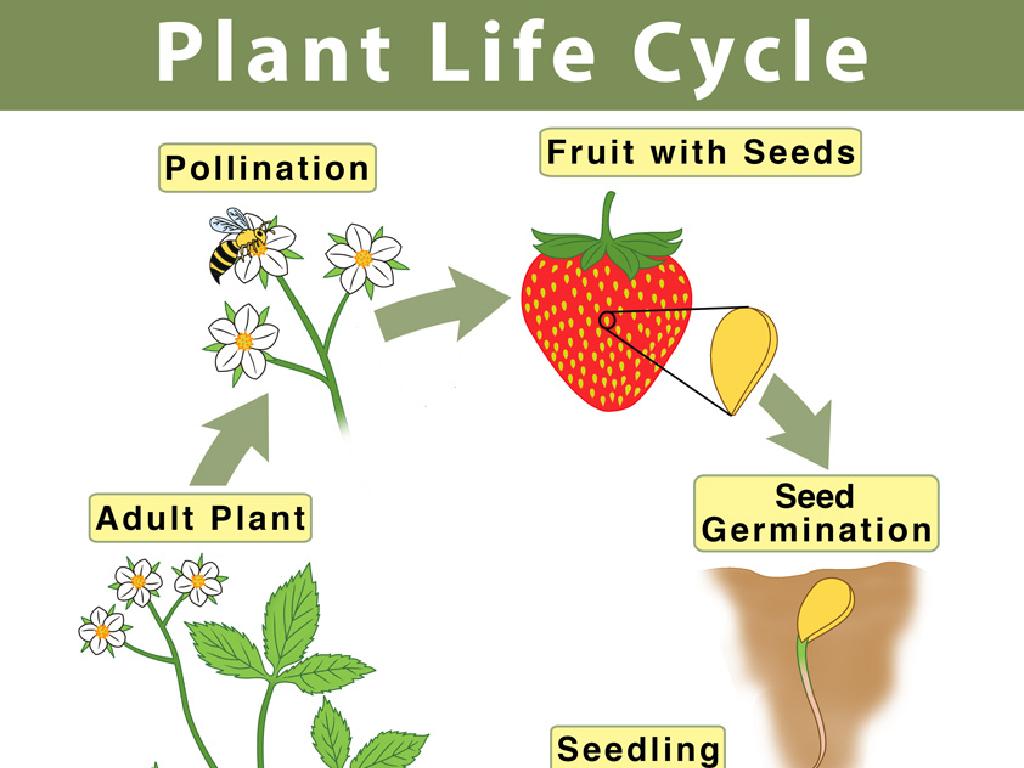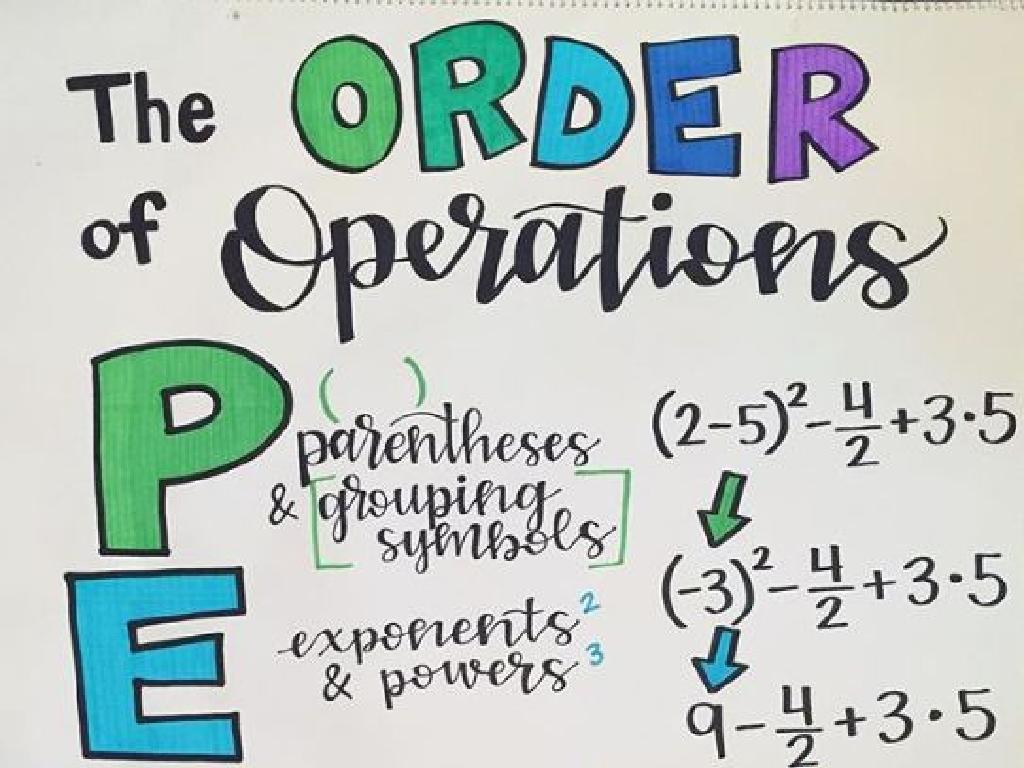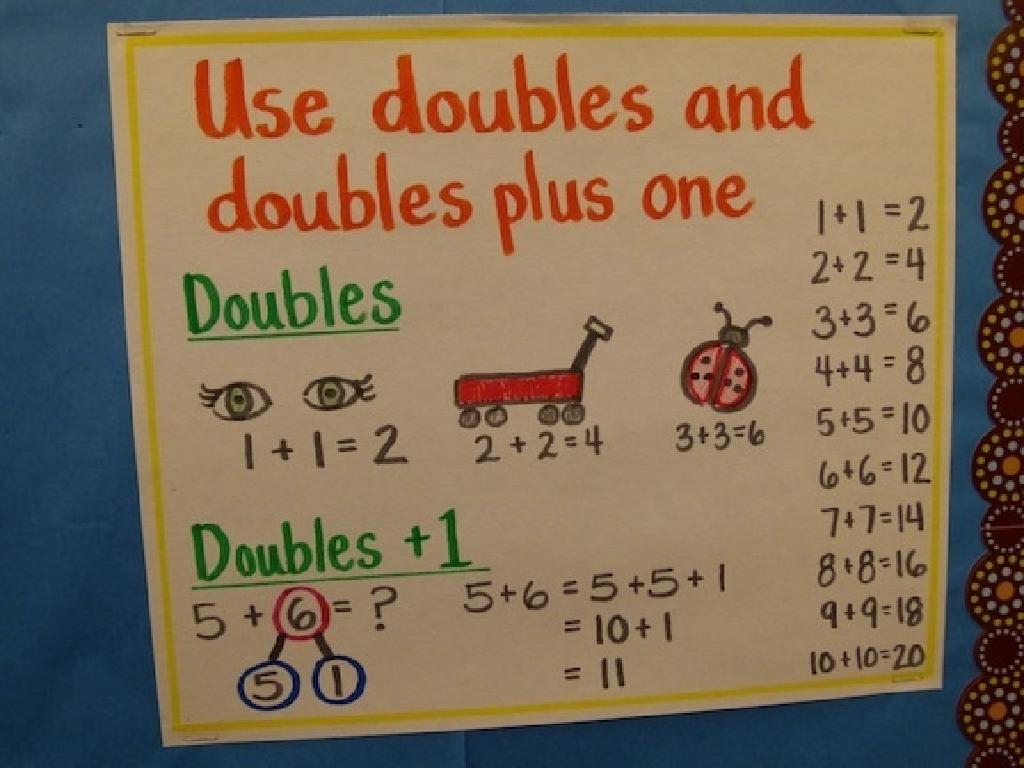Find Equivalent Fractions Using Area Models: One Model
Subject: Math
Grade: Third grade
Topic: Equivalent Fractions
Please LOG IN to download the presentation. Access is available to registered users only.
View More Content
Welcome to Equivalent Fractions!
– What is a fraction?
– A fraction represents a part of a whole.
– Exploring equivalent fractions
– Fractions that represent the same amount.
– One area model
– A visual tool to compare fractions.
– Today’s goal: find equivalents
– Use the model to discover equal fractions.
|
This slide introduces the concept of fractions and equivalent fractions to third-grade students. Begin by explaining that a fraction represents a part of a whole, using examples like a slice of pizza or a piece of a chocolate bar. Then, move on to equivalent fractions, which are different fractions that represent the same amount. For instance, 1/2 is the same as 2/4 or 3/6. Introduce the area model as a visual representation to help students understand and compare the size of different fractions. The goal for today’s lesson is for students to use a single area model to find equivalent fractions. Encourage students to think of the area model as a picture that shows how many equal parts make up a whole and how these parts can be grouped differently to show equivalent fractions. Provide examples and guide them through finding equivalents using the model.
Understanding Fractions with Area Models
– A fraction shows part of a whole
– Like a piece of a pie
– Numerator and denominator explained
– Top number (numerator) is the part you have, bottom number (denominator) is the total parts
– Example: 1/2 as a fraction
– 1/2 means 1 out of 2 equal parts of a whole
|
Begin by explaining that a fraction represents a part of a whole, similar to a slice of pie. The numerator, which is the top number, indicates how many parts we are considering, while the denominator, the bottom number, shows the total number of equal parts the whole is divided into. Use an area model to visually demonstrate the concept of fractions, such as shading one out of two equal parts to represent 1/2. This visual representation helps students grasp the idea of fractions more concretely. Encourage students to think of other examples of halves in their daily life, such as cutting an apple into two equal pieces.
Visualizing Fractions with Shapes
– Fractions as shapes
– Think of a pizza cut into slices
– Dividing shapes into parts
– Each shape must be split evenly
– Shaded parts represent fractions
– If 2 out of 4 slices are eaten, that’s 1/2 of the pizza
– Understanding whole vs. part
|
This slide introduces students to the concept of visualizing fractions using area models. Begin by explaining that fractions represent parts of a whole and can be shown using shapes like circles (pizzas) or rectangles (chocolate bars). Emphasize that for the fractions to be accurate, the shapes must be divided into equal parts. Use shading to illustrate which parts of the shape are the ‘fraction’ we’re talking about. For example, if a circle is divided into four equal parts and two are shaded, this represents 2/4, which is equivalent to 1/2. Reinforce the concept of the whole shape versus the fraction represented by the shaded area. Encourage students to visualize fractions in everyday objects to relate to the concept better.
Understanding Equivalent Fractions
– What are equivalent fractions?
– Fractions that represent the same amount
– Different but same value
– Example: 1/2 equals 2/4
– Both fractions show half of a whole
– Using area models to compare
– Visual method to see equivalence
|
This slide introduces the concept of equivalent fractions to third-grade students. Begin by explaining that equivalent fractions are different ways of expressing the same part of a whole. Emphasize that even though these fractions may look different, they have the same value. Use the example of 1/2 and 2/4 to show a simple case of equivalence. Then, explain how area models can help visualize and compare fractions to determine if they are equivalent. Encourage students to draw their own area models to represent equivalent fractions and to explore other examples beyond the ones provided. This visual approach will help solidify their understanding of the concept.
Finding Equivalent Fractions with Area Models
– Visualizing fractions with area models
– Area models divide shapes into equal parts to represent fractions
– Area models show equivalent fractions
– By shading equal parts differently, we can see how fractions are equivalent
– Steps to create an area model
– Draw a shape, divide it into equal parts, shade to represent the fraction
|
Area models are a fantastic visual tool for helping third graders understand the concept of equivalent fractions. By dividing a shape into equal parts and shading them, students can see how different fractions can represent the same portion of a whole. For example, 1/2 can look the same as 2/4 when we shade two out of four equal parts. During the lesson, demonstrate creating an area model with a square or rectangle, and show how shading different numbers of equal parts can represent equivalent fractions. Encourage students to draw their own area models and find different ways to shade in equivalent fractions. This hands-on activity will solidify their understanding of the concept.
Creating an Area Model for Equivalent Fractions
– Draw a rectangle divided into equal parts
– Shade parts to represent a fraction
– If we shade 2 out of 4 parts, that’s 1/2
– Divide into more parts for equivalents
– Now divide each part in half again, making 8 total. Shade 4 to show 1/2 again
– Understand equivalent fractions visually
– Seeing different divisions helps us see that 2/4 is the same as 1/2
|
This slide is aimed at helping third-grade students understand the concept of equivalent fractions using area models. Start by drawing a rectangle and dividing it into equal parts, which will be the basis for creating fractions. Have students shade in the appropriate number of parts to represent a given fraction. Then, show how dividing the shape into a greater number of equal parts can visually represent equivalent fractions. For example, a rectangle divided into 4 parts with 2 shaded can be further divided so that each part is halved, resulting in 8 total parts with 4 shaded, which still represents the same value as 1/2. This visual representation reinforces the concept that fractions can look different but still be equal in value. Encourage students to practice with different shapes and divisions to solidify their understanding.
Finding Equivalent Fractions with Area Models
– Start with fraction 1/2
– Divide each half into 2 parts
– Now we have 4 parts, making 2/4
– Observe equal areas: 1/2 and 2/4
– Both fractions fill the same space
– Understand 1/2 is equivalent to 2/4
– They are equal in value, just different in form
|
This slide introduces the concept of equivalent fractions using area models. Begin with a simple fraction like 1/2 and show how dividing each half further into two equal parts results in the fraction 2/4. Highlight that although the number of parts has changed, the area covered by them remains the same, thus establishing their equivalence. Reinforce the idea that equivalent fractions represent the same portion of a whole despite having different numerators and denominators. Use visual aids like shaded area models to illustrate this point clearly. Encourage students to create their own area models with different fractions to find other equivalents.
Practice Time: Drawing Area Models
– Draw your own area models
– Find a fraction equivalent to 1/3
– If 1/3 is shaded, what’s another way to show the same area?
– Share your model with classmates
– Show your drawing and explain your thinking
– Discuss different models
– Why might different models still be correct?
|
This activity is designed to reinforce the concept of equivalent fractions using area models. Students will create their own area models to visualize and find a fraction that is equivalent to 1/3. Encourage creativity but ensure they understand that the total area represented must remain the same. After drawing, students will share their models with the class, fostering a discussion on the various ways to represent equivalent fractions. This will help them understand that there are multiple ways to represent the same fraction. As a teacher, guide the discussion to highlight that different models can still represent the same fraction if they cover the same area proportionally. Prepare to offer examples, such as 2/6 or 3/9, as equivalent to 1/3, and explain how to check for equivalency by multiplying to find common numerators or denominators.
Class Activity: Fraction Art
– Create an area model on paper
– Color equivalent fractions differently
– Use colors to highlight fractions that mean the same
– Present and explain your art
– Share with the class how you found equivalent fractions
– Understand equivalent fractions
|
This activity is designed to help students visualize and understand equivalent fractions through a creative and engaging art project. Provide students with square grids and have them create area models that represent different fractions. Then, instruct them to color in sections to show equivalent fractions (e.g., 1/2 is the same as 2/4, color both with the same color). Once completed, students will present their fraction art to the class, explaining the equivalent fractions they’ve represented. This will reinforce their understanding of the concept and allow them to demonstrate their knowledge. For the teacher: Prepare a variety of colored pencils or markers, ensure each student has a grid paper, and guide them through creating their first area model if necessary. Possible variations of the activity could include using different shapes for area models or creating a gallery walk where students can view each other’s work.
Review: Equivalent Fractions with Area Models
– Recap on equivalent fractions
Equivalent fractions are different fractions that show the same amount.
– Area models for equivalence
Area models show parts of a whole to compare sizes visually.
– Questions and sharing time
– Understanding through examples
Let’s look at examples like 1/2 is the same as 2/4 using shaded areas.
|
This slide aims to review the concept of equivalent fractions and the use of area models to understand them better. Start by asking the students what they remember about equivalent fractions. Explain how area models can visually demonstrate the equivalence between different fractions by dividing a shape into equal parts and shading them. Encourage students to ask questions or share any insights they might have. Use this opportunity to assess their understanding and clarify any misconceptions. Provide examples of equivalent fractions using area models to reinforce the concept. For instance, show how half of a square can be represented by two quarters when the square is divided into four equal parts.
Homework Challenge: Equivalent Fractions with Area Models
– Find 3 sets of equivalent fractions
– Draw and color area models
– Use squares or circles and divide them into equal parts
– Each model should show equivalence
– Color the parts to show equal fractions, like 1/2 and 2/4
– Present your models in the next class
|
This homework task is designed to reinforce the concept of equivalent fractions using a visual and interactive approach. Students are asked to find three sets of equivalent fractions and represent them using area models, which could be shapes like squares or circles divided into equal parts. They should color the corresponding parts to illustrate the equivalence between fractions, such as coloring half of a shape to represent 1/2 and coloring two out of four parts to represent 2/4. Encourage creativity in their models and ensure they understand that the models should clearly demonstrate the concept of equivalent fractions. In the next class, students will have the opportunity to present their models, fostering a sense of accomplishment and allowing for peer learning. Provide examples of area models in class to guide their homework.






